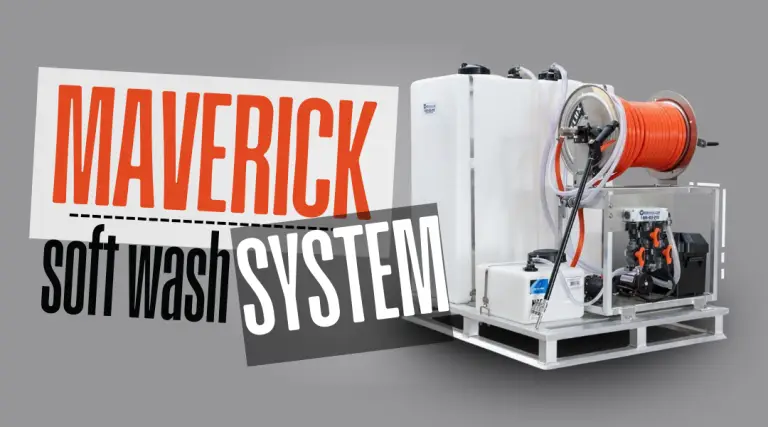- Home
- /
- PowerWash Industry
- /
- How Often An Exhaust System Needs To Be Cleaned
Subscribe To Our Newsletter
Stay in the know on the latest products, deals, events, tips & tricks.
Social Media
How Often An Exhaust System Needs To Be Cleaned
A View from the SJA
How Often An Exhaust System Needs To Be Cleaned
R. T Leicht
There is no one single feature of a commercial cooking operation that dictates the frequency of cleaning needed to keep a hood and duct system safely cleaned. Instead, there are a number of items that could affect the amount of oil/grease contamination found in an exhaust system.
Probably the most predominate feature that governs how often an exhaust system needs to be cleaned is the amount of cooking done in a given time frame. For instance, an establishment that is identical to a second establishment in hours of operation, type of shortening used, type of cooking performed, menu items cooked, and customer base; but cooks twice as much, will probably need its exhaust system serviced twice as often as the second establishment.
However, you may have noticed that the previous sentence is bursting with conditions. Each of these conditions are some of the other features that should be weighed when trying to determine a reasonable service frequency.
The hours of operation is one feature that should be obvious. If all other conditions are the same, the establishment that operates 24 hours a day will certainly require attention more often than the one that only operates 8 hours a day.
The next two considerations are not as obvious. The type of shortening and the type of cooking makes a big difference in many establishments. Different types of shortening have different physical characteristics. Some vaporize at lower temperatures, some have greater oleo content, and vaporize with larger droplet sizes.
This will affect the need for exhaust system cleaning. Additionally, how these shortenings are treated vary. Some establishments have operations where very high skillet temperatures are exhibited; such as is found in wok type cooking. This will cause more of the shortening to vaporize on contact, and subject duct interiors to greater grease exposure early in the cooking operation.
The menu offered, which is an influence of the customer base, seems to be another less addressed feature. There is a much greater chance that a fast food restaurant will most certainly produce grease laden vapors at a much greater rate than a Nursing Home where the residents, because of the dietary demands, may be consuming foods of relatively negligible oil proportion. In contrast, teenagers, who seem to frequent these fast food restaurants also eat at their high school cafeteria. However, the cafeteria is not open to the public, usually only serves one meal, does not operate on weekends and is closed over the summer. Although the customer base and the type of cooking are the same, the exhaust system service would plainly differ.
In conclusion, in order to validate an appropriate cleaning schedule, all concerned parties (owner, insurer, contractor, and the fire official) need to communicate all the factors that affect rates of grease accumulations in particular cooking exhaust system.
About the Author: R.T. Leicht is the President of the Fire Marshals Association of Delaware Valley, a chartered chapter of the Fire Marshals Association of North America. He also serves as Deputy Fire Marshal in Springfield, PA and is involved with NFPA on many levels including a principal on numerous Technical Committees.
This article appeared in the First Quarter 1998 edition of “The Scratch Pad”
Share This Post
More To Explore
Soft Wash Additive That Smells Amazing? Meet Fresh Wash
Freshen Up Every Wash Soft washing is all about precision, power, and presentation — and nothing completes a job like ...
Mastering the Art of Pressure Washing: Key Insights on Surface Cleaners
For professionals in the pressure washing industry, a surface cleaner is an indispensable tool, particularly for those who specialize in ...
The Wrangler™ Chemical Sprayer: The Ultimate Tool for Professional Cleaning Applications
For commercial cleaners and pressure washing professionals, efficient chemical application is key to achieving the best results. The Wrangler™ Chemical ...
Professional-Grade Soft Washing with the PowerWash.com Maverick 12V Soft Wash System
Soft washing is an advanced cleaning method that utilizes low-pressure water combined with biodegradable cleaning agents to effectively remove organic ...









